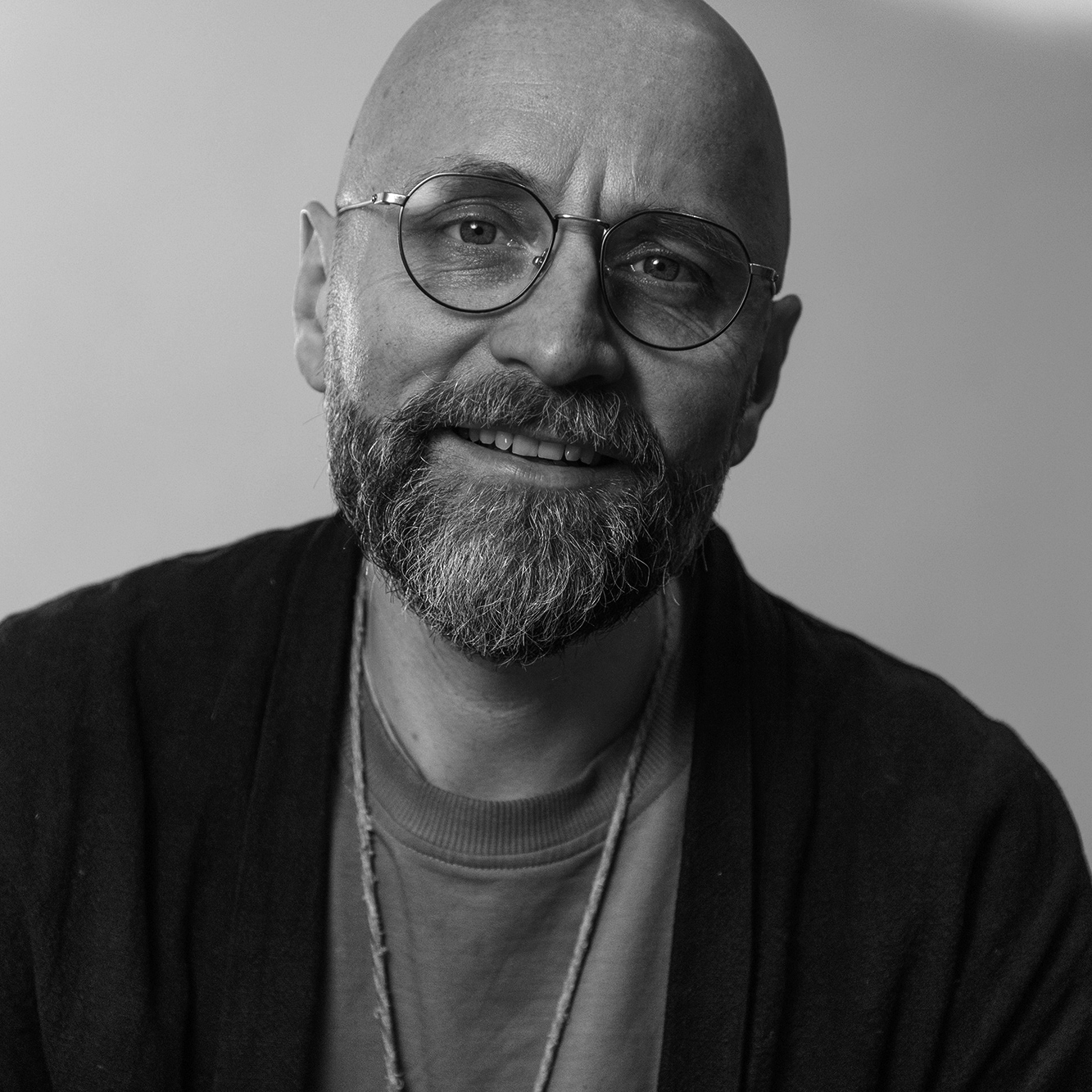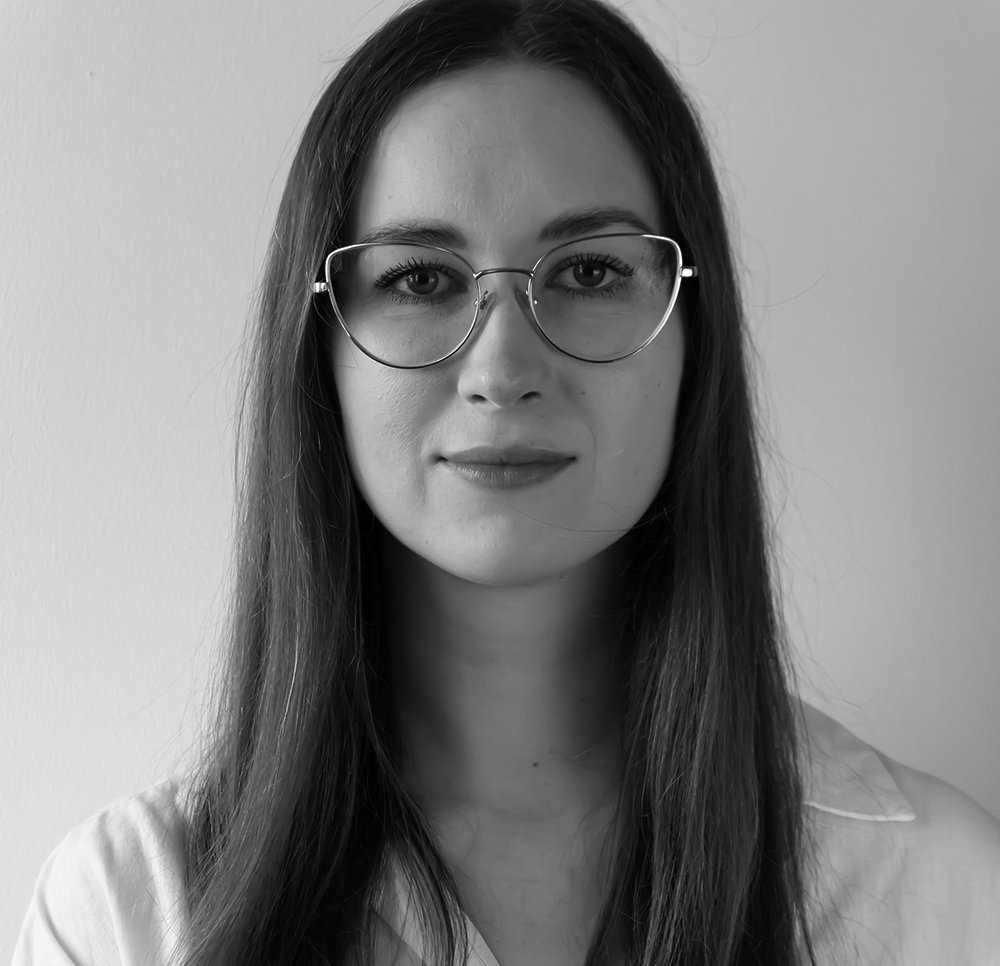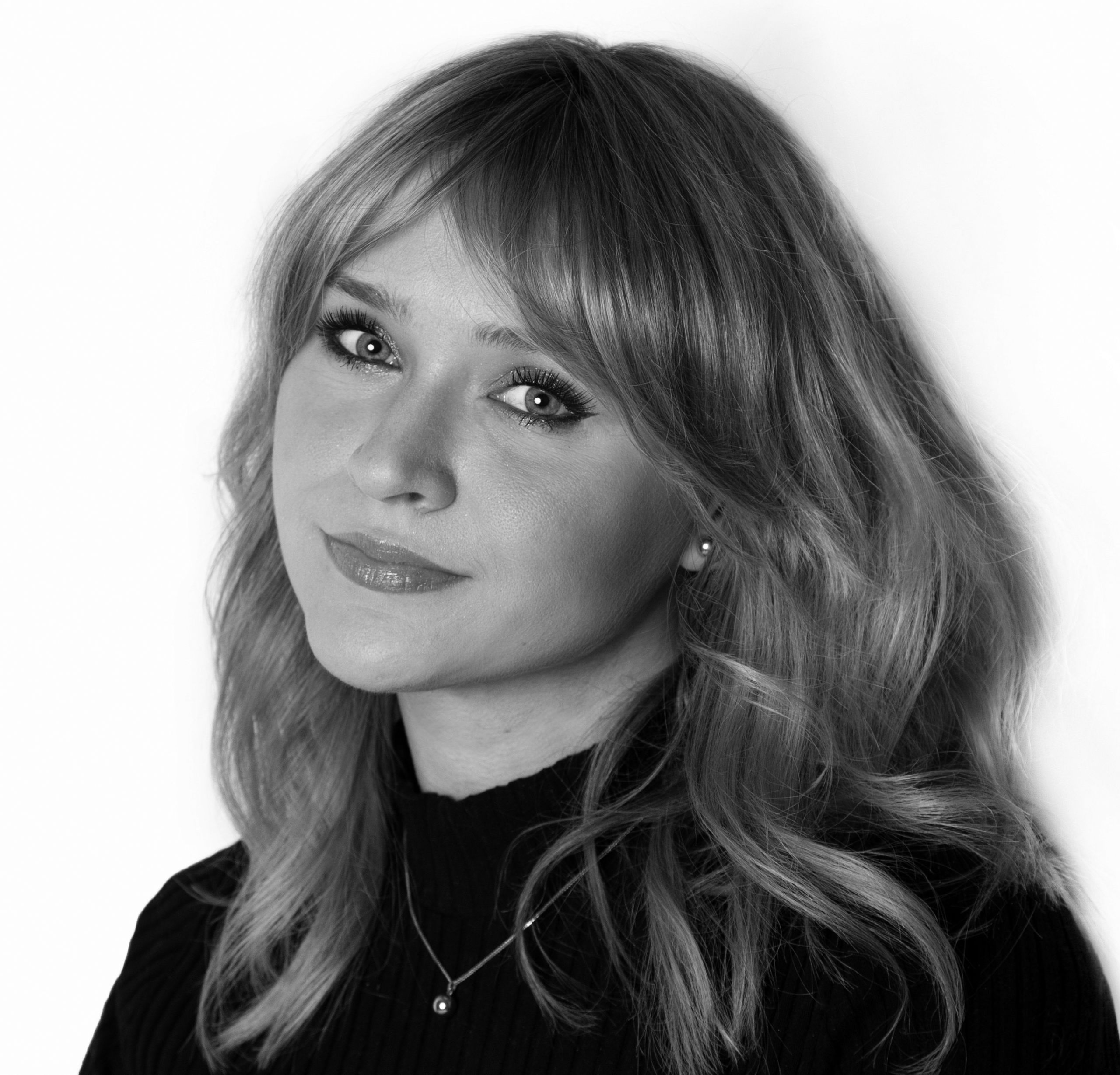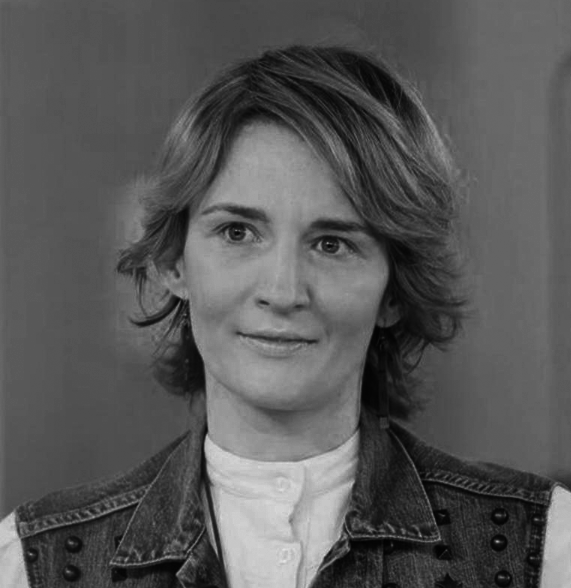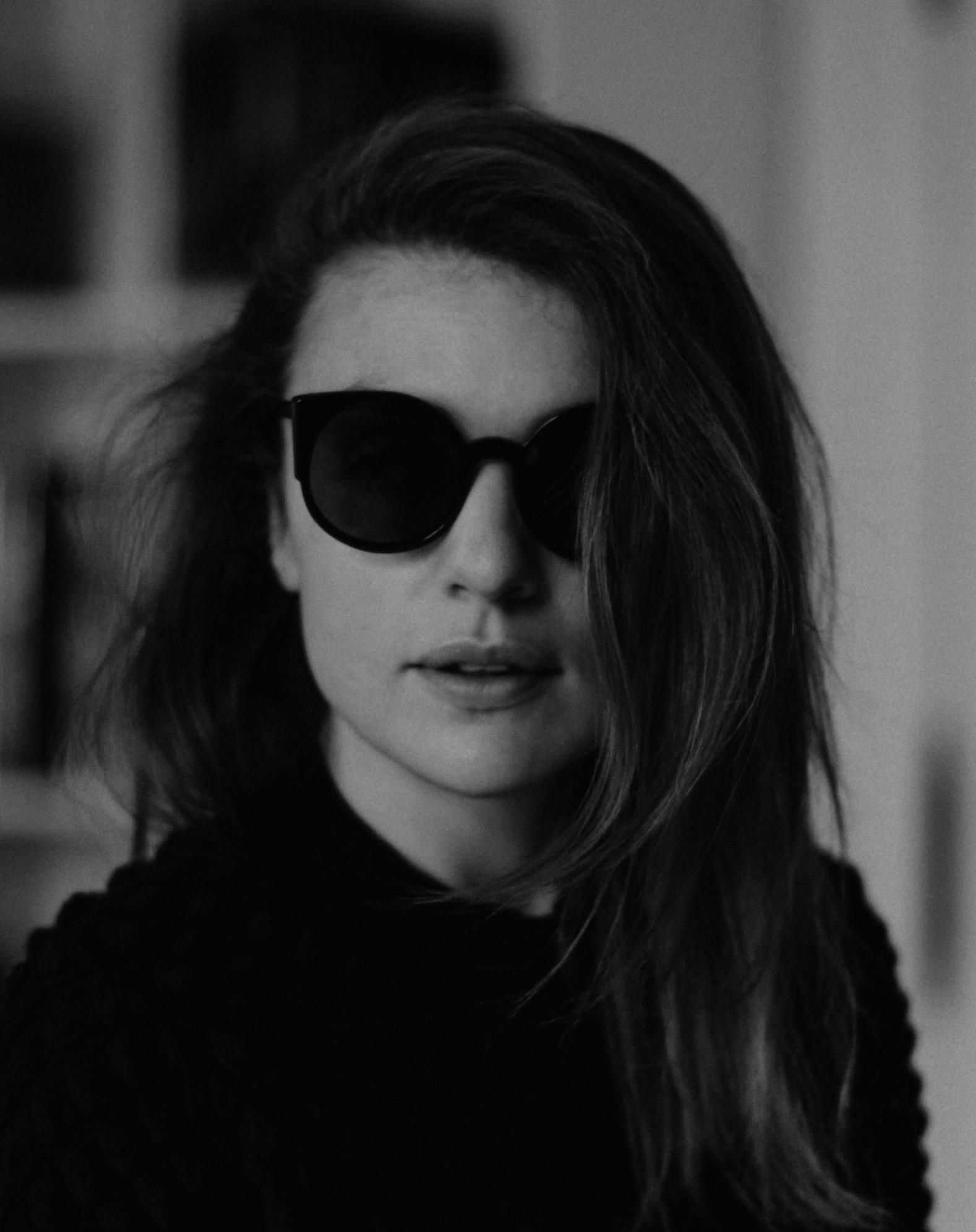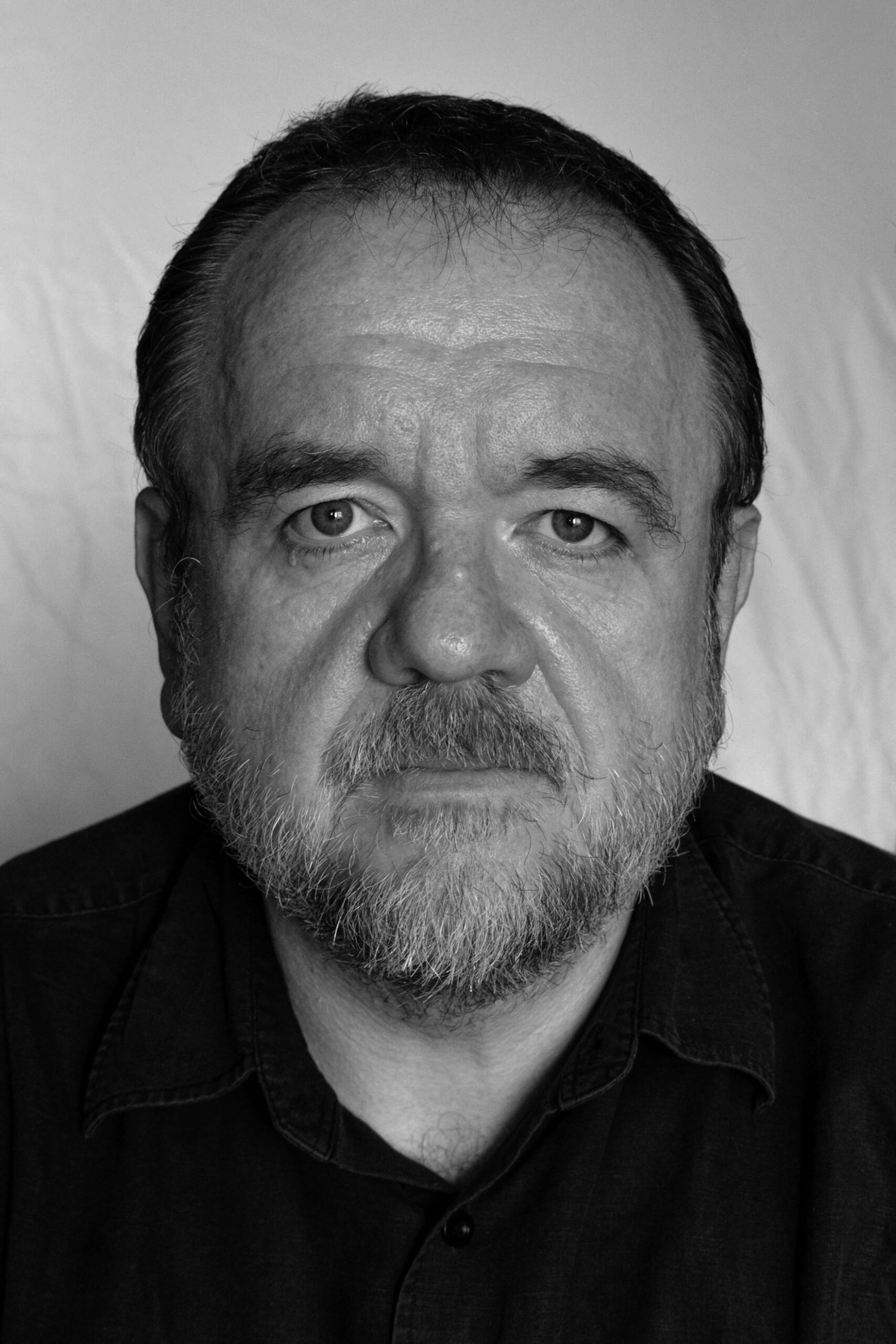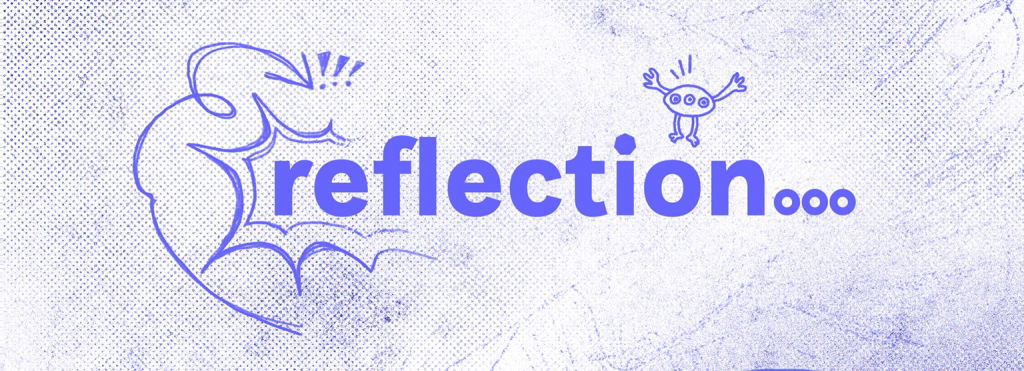
International Review of Student Design – AGRAFA 2024
The International Student Design Competition – AGRAFA has functioned for over 30 years as a wide-ranging platform presenting the latest achievements in graphic design. Initially, student works were judged in categories such as animation, visual identity, visual information, editorial design, typeface, websites / applications / digital publications. In 2022, the competition widened its horizons to include other design areas such as product, interaction or and service design.
In the 2024 edition, we are replacing “Competition” with “Review.” Our goal is to review curricula , to popularize and share knowledge, that is why this year we accept both semester assignments by students and the curricula of design studios. With the above goals in mind, we exclude diploma theses from the review. We also return to the original formula of the review, allowing for the presentation of Subjects and Studios.
Results
The Jury meeting of the 15th International Review of Student Design AGRAFA’24 was held on 25.04.2024, at the Roundabout Art Gallery.
This year, the jury unanimously appreciated projects that best attempt to solve pressing problems of modern society and provide an opportunity to improve the quality of life in areas such as ecology and health both at the level of society and the individual. The selected projects are characterized by high functionality, and quality workmanship in the design layer, as well as, in the opinion of the Jury, high potential for commercialization, which translates into the ability to reach the largest possible audience.
On the basis of § 9 item 3 of the review regulations, the Jury decided on a different distribution of prizes and decided to award 3 ex aequo prizes in the amount of 6,000 gross for each winning project.
The winners of 15th International Review of Student Design AGRAFA’24 are:
Marta Gębaczka
Self-examination – design of an application for breast self-examination
Krzysztof Nowak , Wiktor Skawski, Iga Puzdrowska
Circulate it! – design of an application
